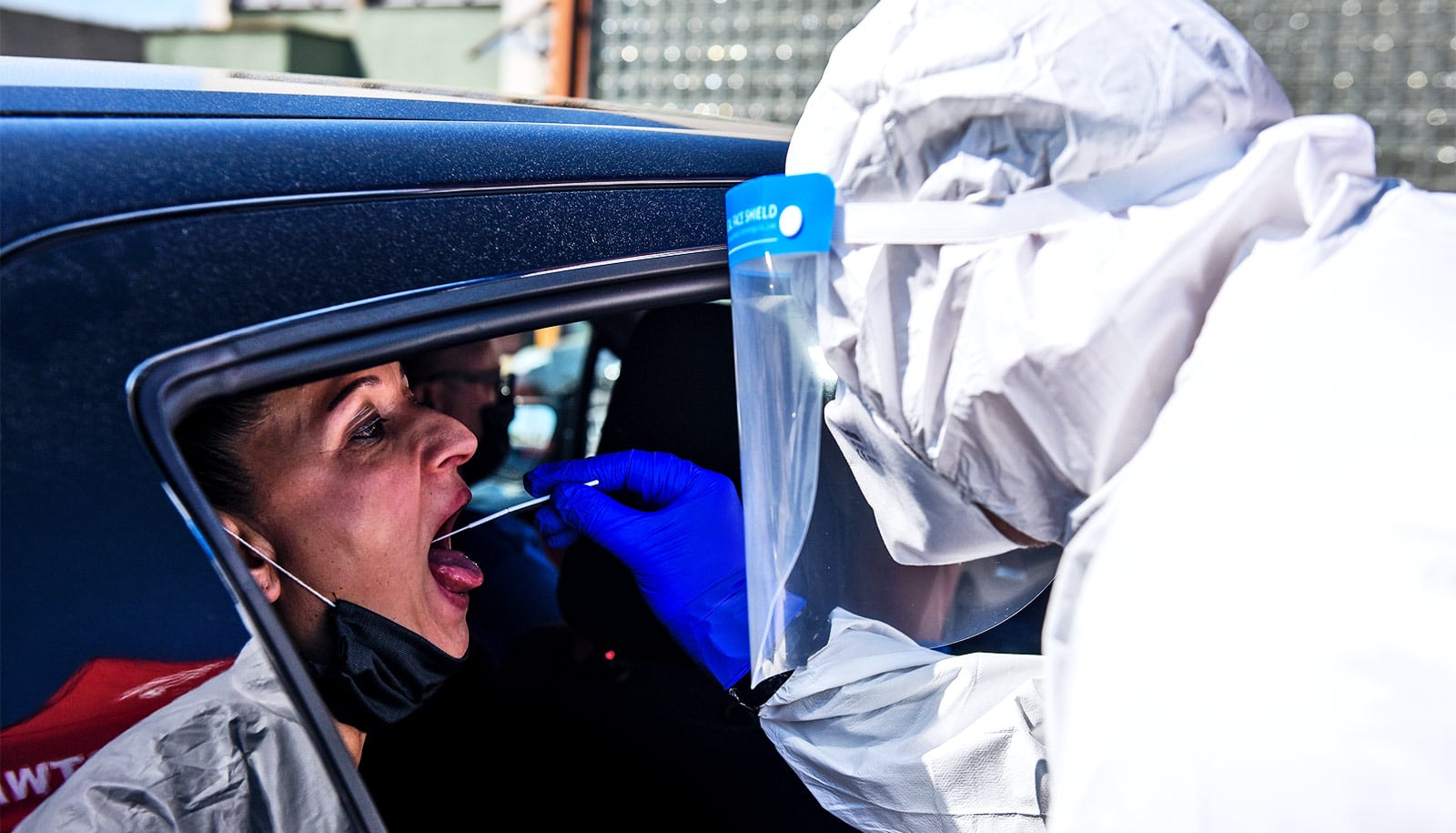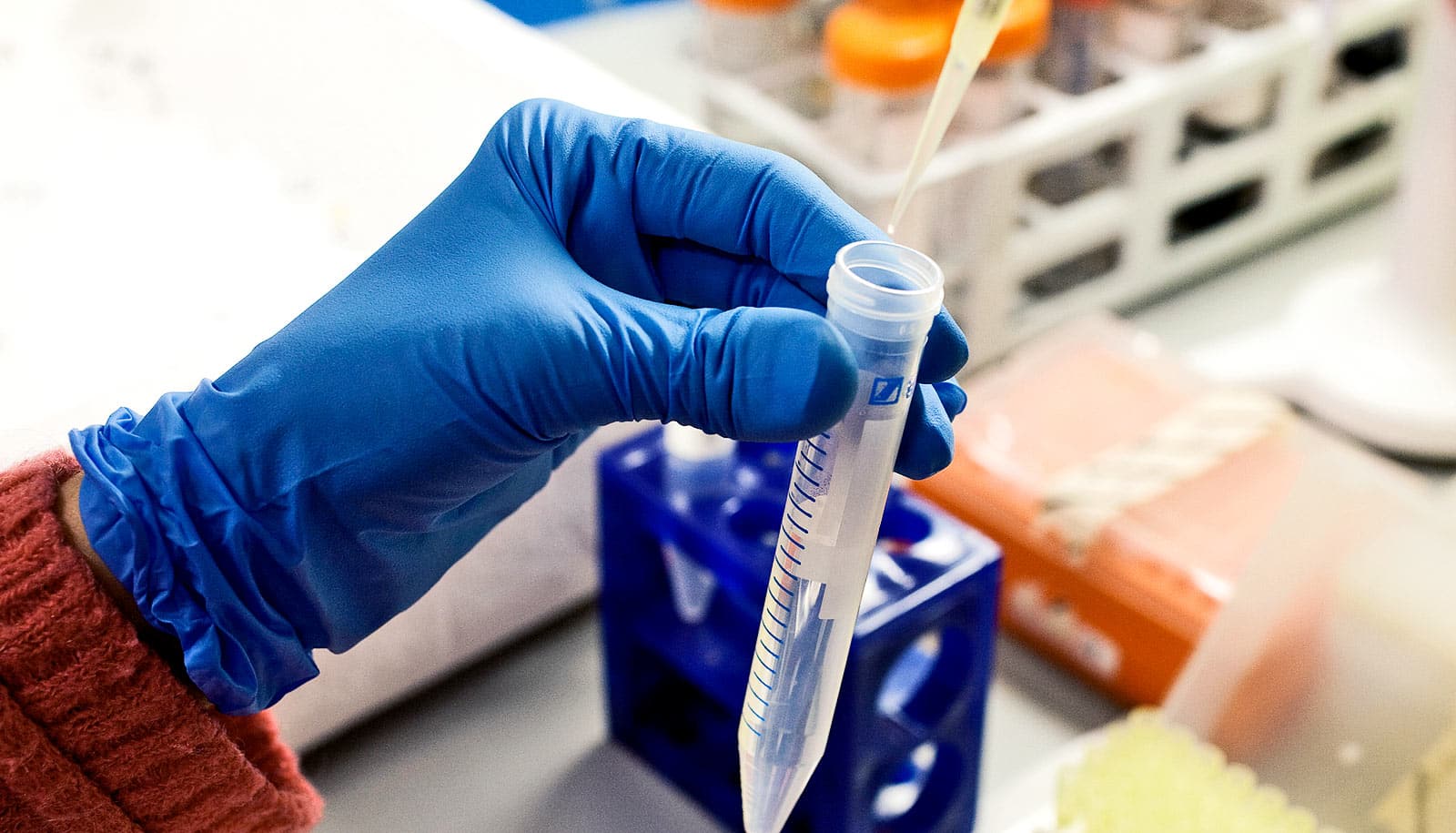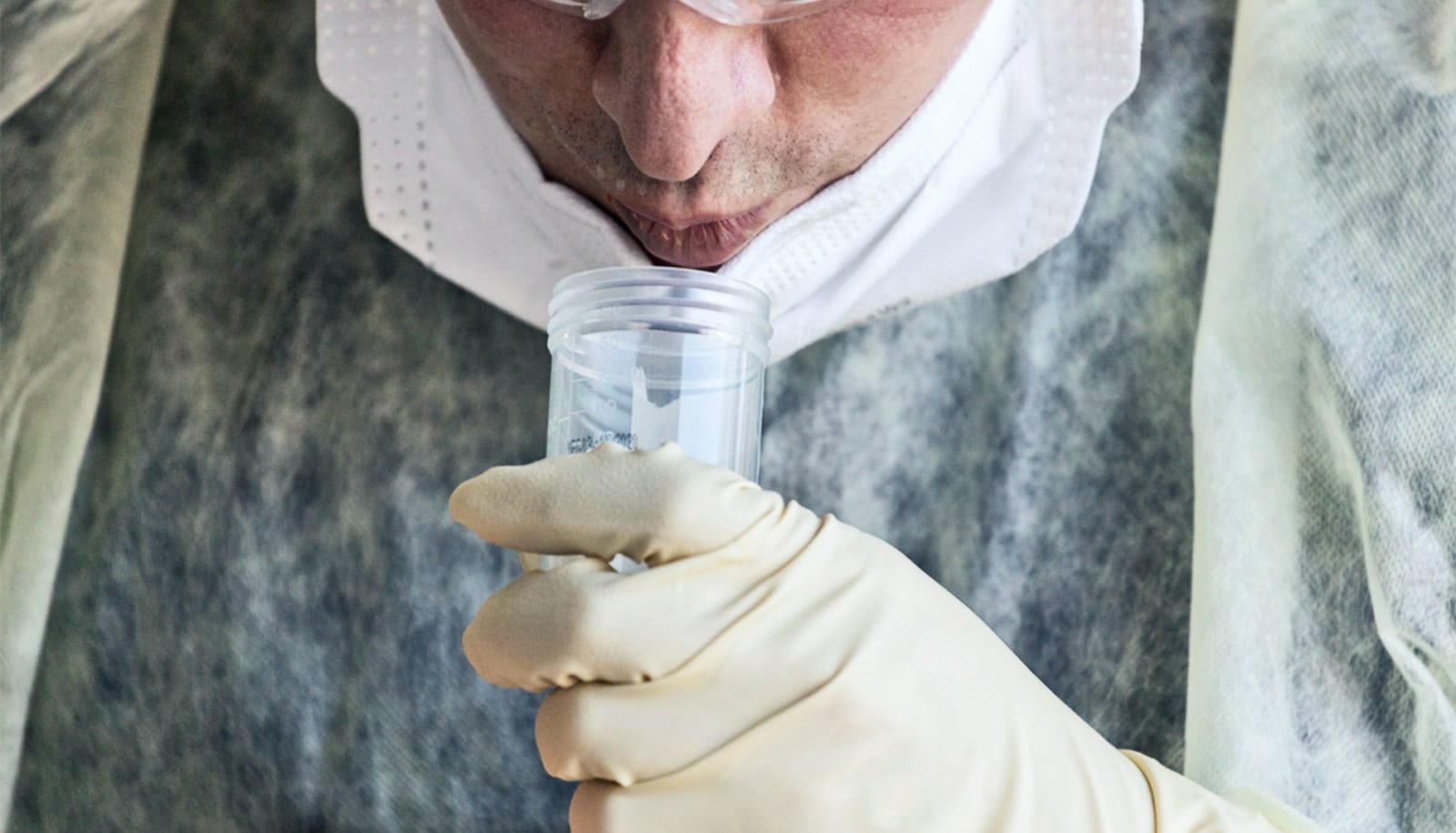Two new studies confirm the efficiency of saliva testing for COVID-19.
The findings could rapidly influence global public health policy for testing strategies.
“Previous studies on the performance of saliva tests showed mixed results, but most of them compared saliva tests to the standard nasal swab test, as if it was a perfect test,” says Guillaume Butler-Laporte, a microbiologist and fellow in infectious diseases, with a background in mathematics and statistics at McGill University. “Interestingly, there are no perfect tests for COVID-19.”
Using statistical methods for the evaluation of diagnostic tests in the absence of a perfect reference standard, the researchers performed a systematic review of 16 studies comparing the two types of tests (n = 5922 patients).
The researchers used a Bayesian latent class bivariate model, developed by Nandini Dendukuri, associate professor in the medicine department and a scientist at the Research Institute of the McGill University Health Centre (RI-MUHC).
“…it is likely that in previous studies, saliva tests looked worse than they truly were.”
Most studies (15 out of 16) included ambulatory patients, and nine studies exclusively enrolled patients from an outpatient population with mild or no symptoms. The researchers found that the diagnostic accuracy of saliva nucleic acid amplification tests (NAAT) was similar to the nasopharyngeal swab NAAT, especially in the ambulatory setting.
“The statistical tools and mathematical methods we used provide a more precise estimate of saliva NAAT diagnostic accuracy than the standard meta-analysis methods,” says Butler-Laporte, first author of one of the studies, published in JAMA Internal Medicine.
“Without adjusting for this lack of perfect comparator, it is likely that in previous studies, saliva tests looked worse than they truly were.”
Unlike saliva tests, nasal swab tests require trained healthcare personnel to perform, which limits our testing capacity and our ability to deploy testing programs in the community.
In addition, they can’t be easily or reliably performed in all populations, like with children and people who are quarantined, note the authors of the second study, published in the Annals of Internal Medicine.
They argue that it is “incredibly important to validate this [saliva] sampling technique for possible deployment in countries or communities with continually high case rates and especially those with developing healthcare systems and less access to specialized care.”
Source: McGill University



